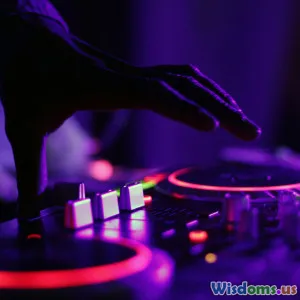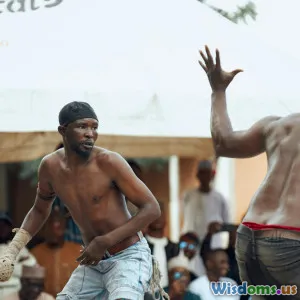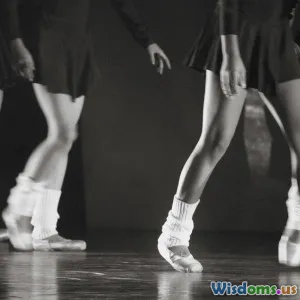
How KPop Choreography Sparked a Dance Revolution Worldwide
16 min read Explore how KPop choreography ignited a global dance sensation and transformed pop culture worldwide. (0 Reviews)
How KPop Choreography Sparked a Dance Revolution Worldwide
Lights flash, feet slap the stage, and hundreds of arrows of movement synchronize into a pulse—the iconic magnetism of KPop choreography radiates far beyond Seoul’s borders. Over the past two decades, KPop has evolved from a regional pop sensation to a global cultural influencer, with its meticulously crafted dance routines leading a worldwide revolution on the dance floor. But what is it about these dances that caught the world’s attention? Discover how high-concept routines, mirrored dance covers, and unstoppable online challenges have rewired global dance culture.
The Origins and Rise of KPop Choreography
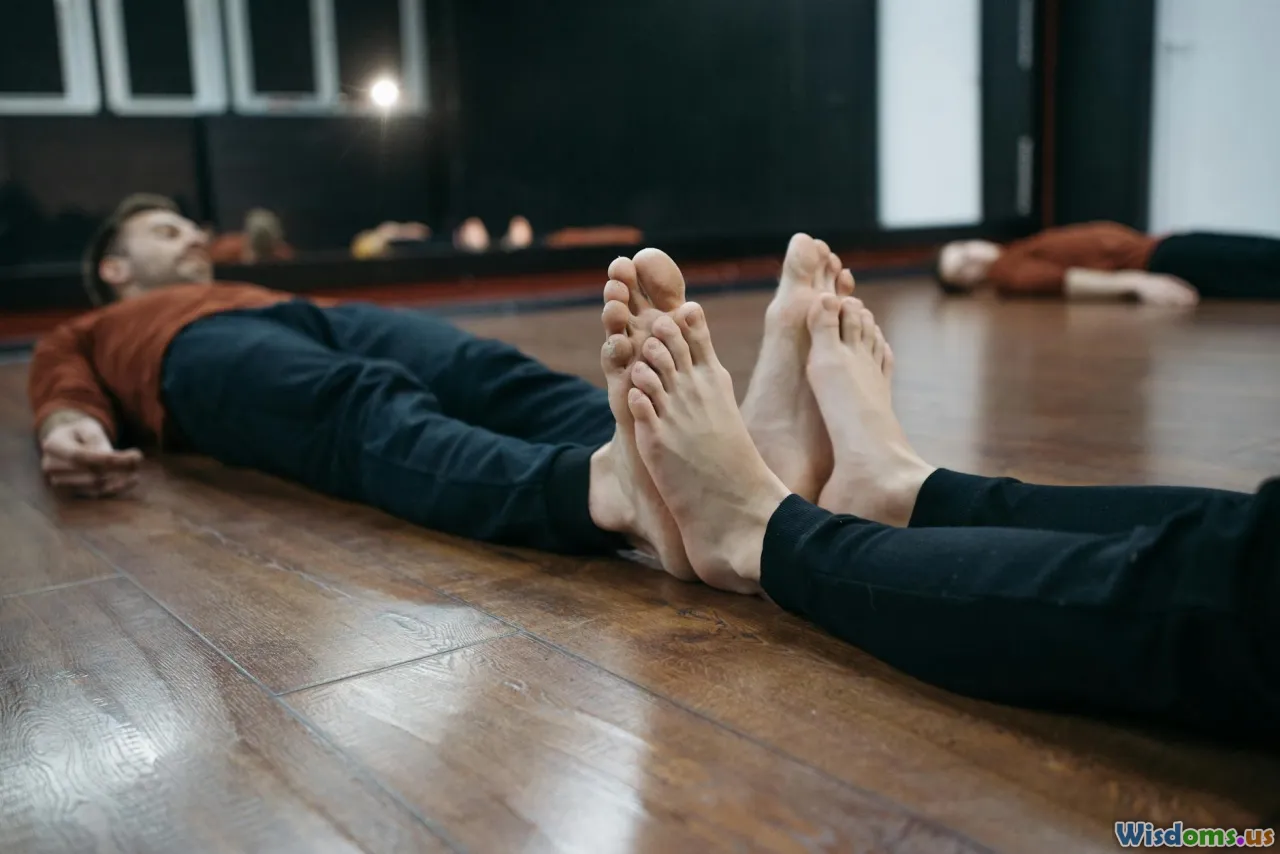
KPop’s choreographic story begins with the genesis of modern idol groups in mid-1990s South Korea. Groups like H.O.T., S.E.S., and Sechs Kies set early standards: tightly coordinated group formations, visually pleasing symmetry, and memorable moves anyone could mimic. Yet, it was the seismic debut of TVXQ, Super Junior, SHINee, and, especially, Girls’ Generation in the 2000s that formalized a new archetype: the explosive blend of performance art, fashion, and high-energy movement.
From the outset, professional choreographers—both Korean and international—were enlisted to craft technically advanced routines. These dances went far beyond filler movements. Each step was a direct translation of a song’s energy, story, and purpose, driving what KPop fans call the "point choreography": a catchy highlight move (such as Girls’ Generation’s “Gee” leg kicks or Super Junior’s “Sorry Sorry” hand rub).
The training regimen behind KPop idol debuts was—to put it mildly—intense. Trainees spent years honing synchronization, learning to perform elaborate routines while singing live, and perfecting facial expressions. The result: consistently impressive dance performances that looked effortless but required immense skill, captivating fans worldwide from the very start.
Game-Changer: YouTube and Easy Access to Dance Routines
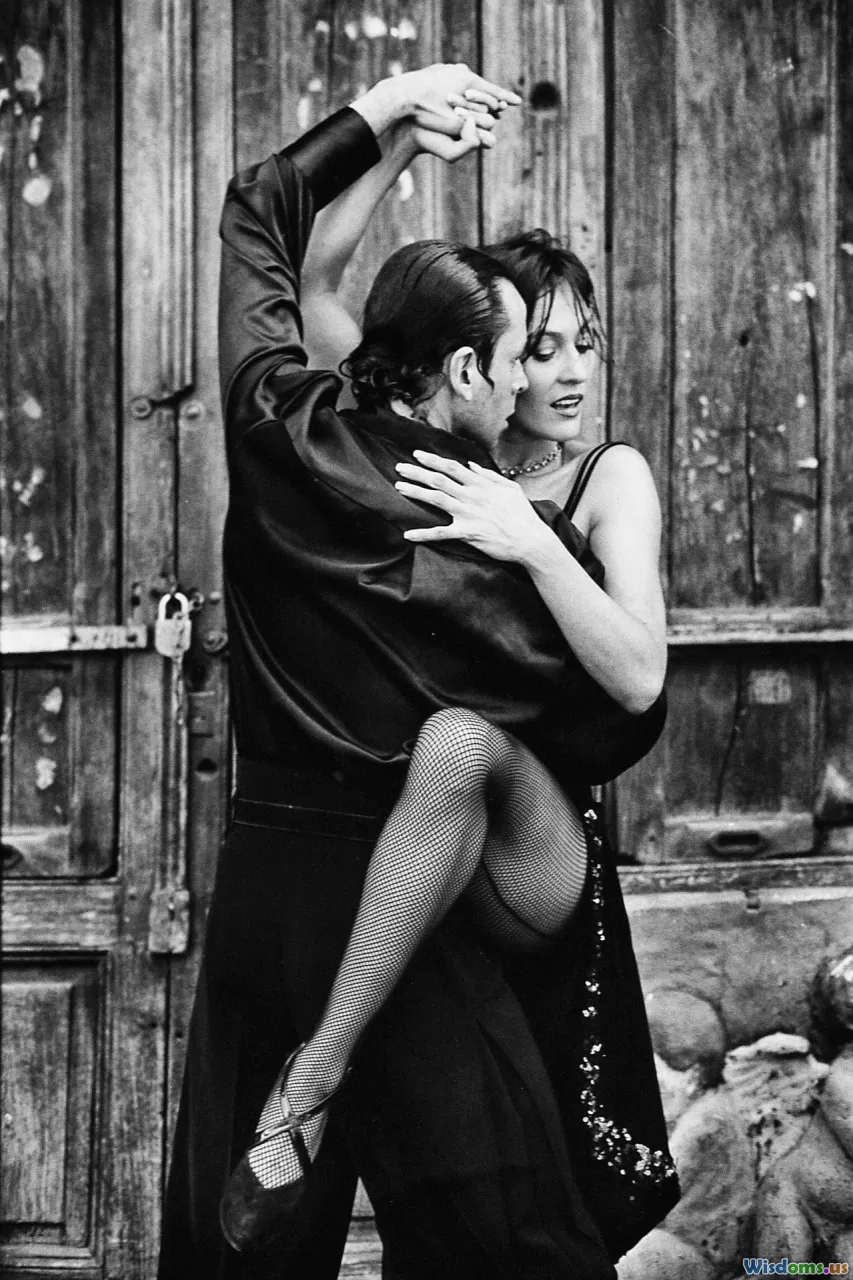
One of the primary drivers of the KPop dance revolution was the rise of YouTube and social sharing platforms in the late 2000s. Suddenly, perfectly filmed "dance practice" videos—a candid view of idols in studio settings—became the norm, democratizing dance in an unprecedented way.
KPop’s prolific use of these behind-the-scenes videos turned what was once industry-only content into viral, fan-friendly phenomena. Young dancers in Los Angeles, Paris, Rio, and Jakarta could rewind moves frame-by-frame, practicing steps in homes, schools, or community centers. Tony Testa, an American choreographer who worked with SHINee and EXO, remarked: “KPop artists make dance relatable yet aspirational. They inspire people anywhere to try, record, and post their versions. This ‘show your cover’ culture is vital to KPop’s global expansion.”
Groups like BTS, BLACKPINK, and EXO routinely rack up tens of millions of views on their dance practice videos within days of release. First-timers and pros alike broke down the steps for TikTok, mashed up routines as viral challenges (think 'Ddu-Du Ddu-Du', 'Mic Drop', or 'Love Shot'), and launched communal learning experiences that brought dancers together regardless of geography or native tongue.
Choreographing for the Camera: Visual Storytelling Redefined
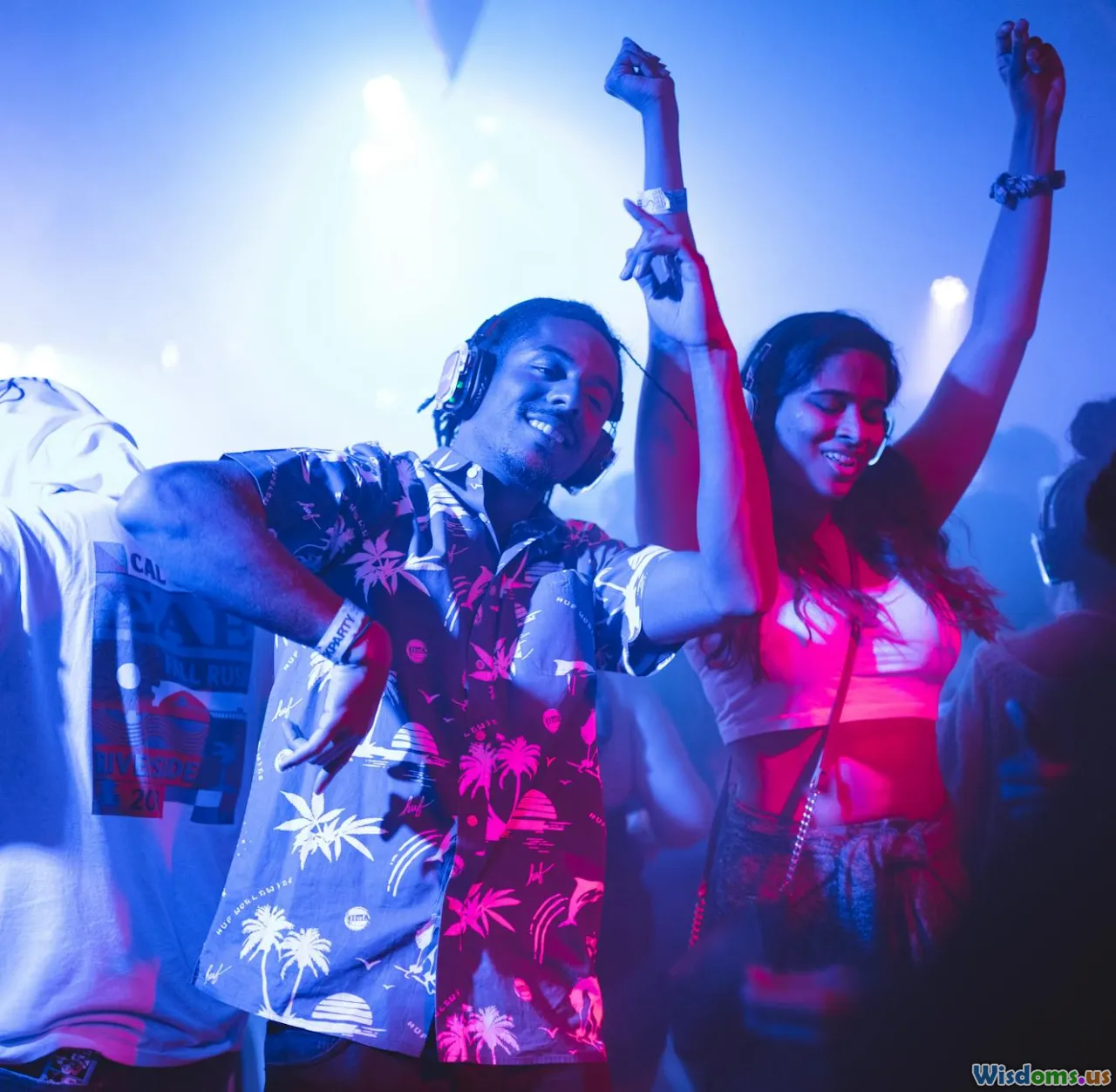
Unlike many Western pop acts that use background dancers to support the central figure, KPop choreography treats every group member as an equally vital part of the choreographic whole—a living kaleidoscope of movement. This focus on group coordination, clean lines, and dynamic formation changes maximizes both camera and live audience impact.
For instance, the intricate hand movements and interlocking shapes of BTS’s “DNA” or NCT’s “Cherry Bomb” weave narrative, emotion, and spectacle into seamless performances. Even camera direction is choreographed; directors designed multi-angle shots to highlight key moves, amplifying point choreography for maximum shareability.
EXO’s “Growl” made news by filming its entire dance in a single shot—a feat that showcased members’ technical prowess and stamina. BLACKPINK’s signature "kill this love hips" are globally recreated for their exhilarating visual punch. This blend of music, movement, and camera artistry reimagined modern pop performance, offering a scalable model emulated by global artists such as Little Mix and Now United.
The Proliferation of Dance Covers: From Bedroom Mirrors to Stages Worldwide
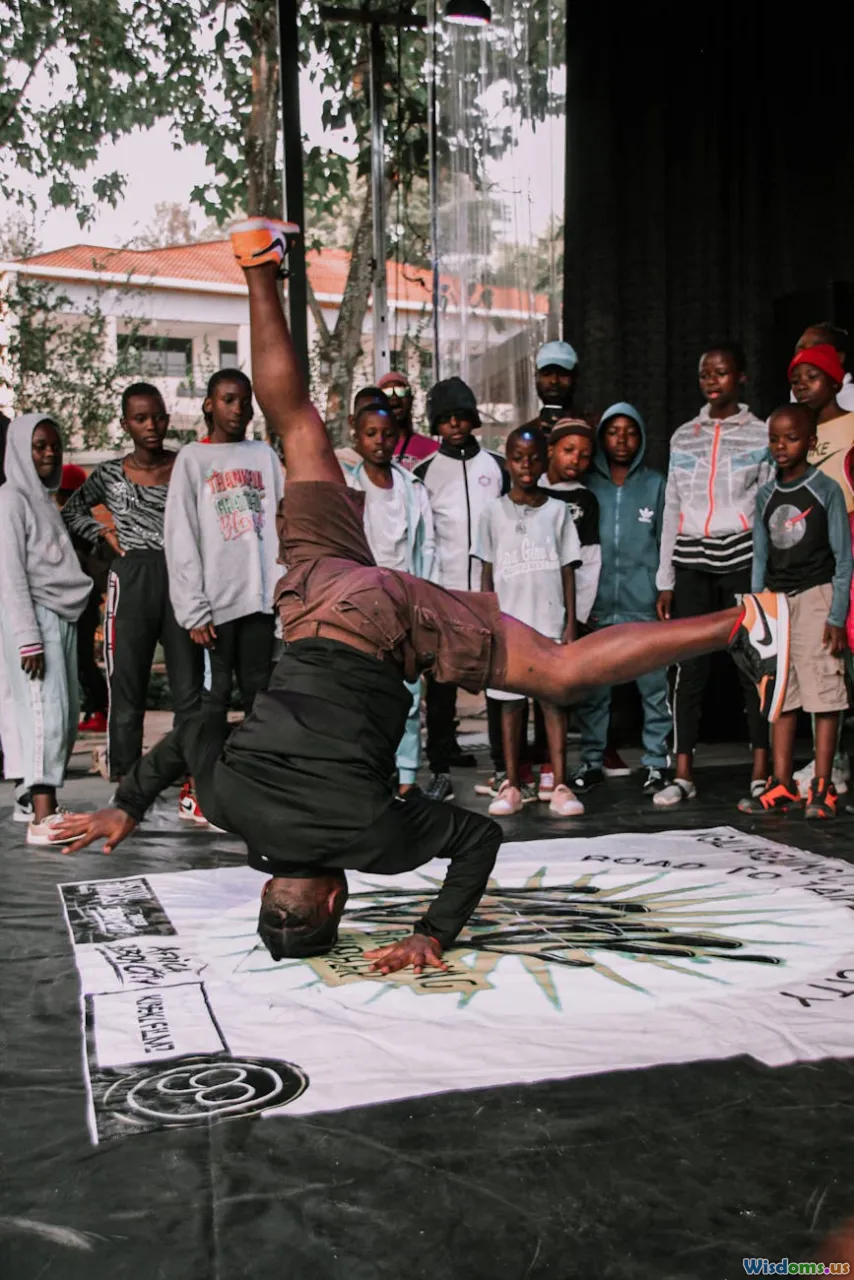
As global fans learned and performed KPop choreography, the urge to showcase skills grew fast. Dance covers took root in homes and dance studios before swelling into organized crews, flash mobs, and contests.
YouTube channels like Ellen and Brian, RACHIE, and Waveya amassed millions of followers by breaking down BTS and TWICE routines step by step. KPop fan conventions on nearly every continent now include dance cover competitions as main events, drawing crowds as large as ones for the original performers. In Paris, 2019's annual KPOP Cover Dance Festival drew over 20,000 participants, featuring winners from 13 different countries.
More than imitation, these covers provide opportunities for cultural collaboration. Brazilian dancer Ágata Felix blends samba and KPop, while Kenya’s University of Nairobi KPop dance crew incorporates African dance techniques into routines by ATEEZ and ITZY. The sharing of such content fosters mutual appreciation among cultures, deepening KPop’s cultural resonance outside Korea.
Social Media Challenges, Hashtags, and the Viral Dance Economy

TikTok changed the game for KPop choreography. Ultra-catchy, short-form “challenge” dances capitalize on KPop’s built-in “point moves” for instant virality. The #AnySongChallenge by Zico, which had international celebrities and fans alike posting their versions, exemplified how organic engagement sustains KPop’s influence.
According to analytics firm Hootsuite (2023), KPop hashtags such as #kpopdancechallenge, #iamonit, and #newjeans hit over 25 billion global views, outpacing many Western pop equivalents.
Entertainment companies nurture this ecosystem by releasing dance challenge tutorials, raising stakes for creative improvisation. ENHYPEN and LE SSERAFIM frequently invite influencers and fans to collaborate on routines, holding virtual flashmobs across continents as digital events. The boundary between fan and creator blurs, solidifying the participatory DNA of KPop.
Cross-Pollination: Influencing and Being Influenced by Global Styles
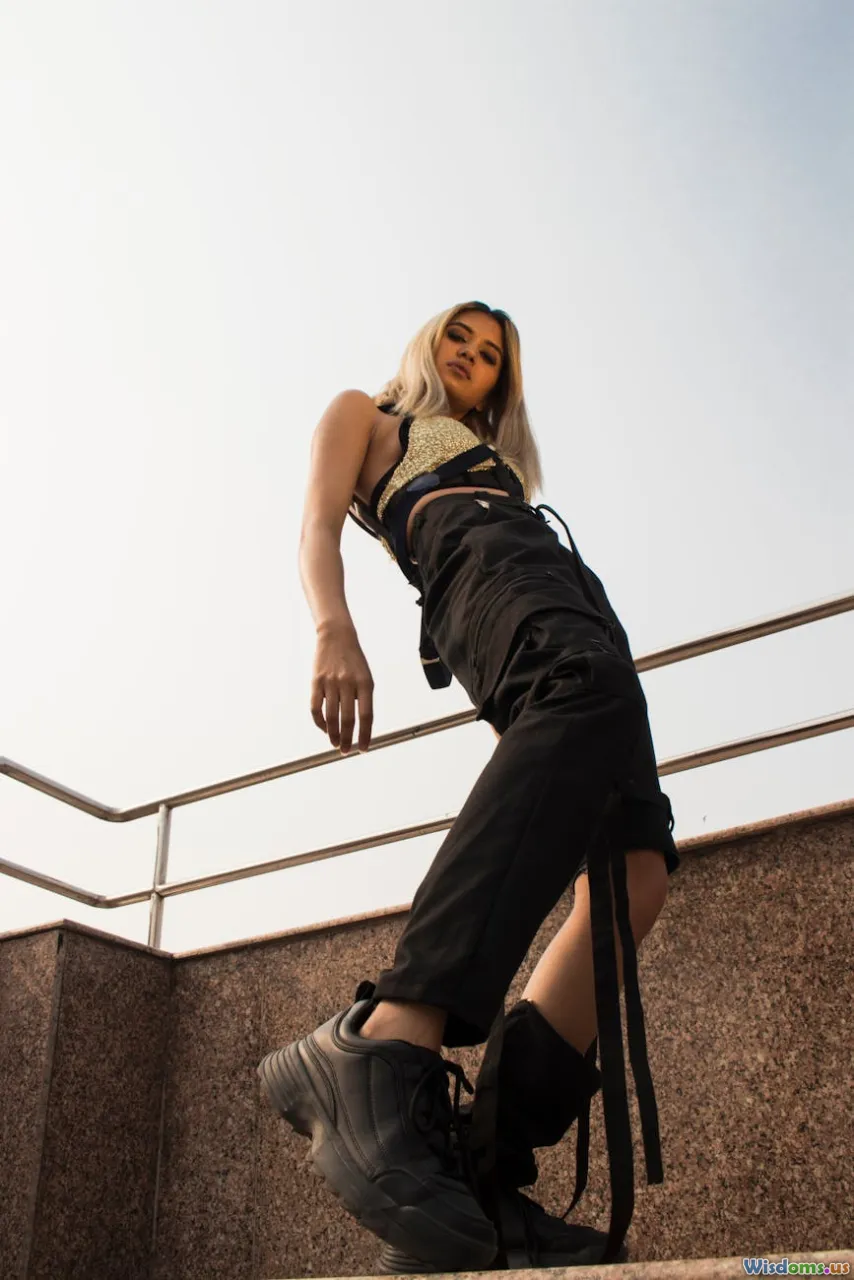
KPop choreography doesn’t just export its style—it absorbs global influences to create a fluid, ever-evolving art form. Hallyu dance producers regularly partner with top international choreographers: Kinjaz’s Mike Song (EXO’s "Ko Ko Bop"), Kyle Hanagami (BLACKPINK’s "BOOMBAYAH", "As If It’s Your Last"), and Keone Madrid (BTS’s "Dope") stitch together elements from hip-hop, jazz, contemporary, waacking, house, and even Bollywood.
This global approach increases dance sophistication and accessibility. J-Hope of BTS frequently blends popping, locking, and krump into charismatic solos. Meanwhile, NewJeans references early 2000s teen dance trends, and groups like ATEEZ draw from Latin influences for explosive emotional storytelling.
The cross-cultural dance exchange is not one-way. Instructors at revered studios like 1MILLION Dance in Seoul are influencers in their own right, teaching masterclasses for dancers from France to Argentina and collaborating on joint workshops with urban dance legends.
The Psychological Impact: Confidence, Belonging, and Identity Formation
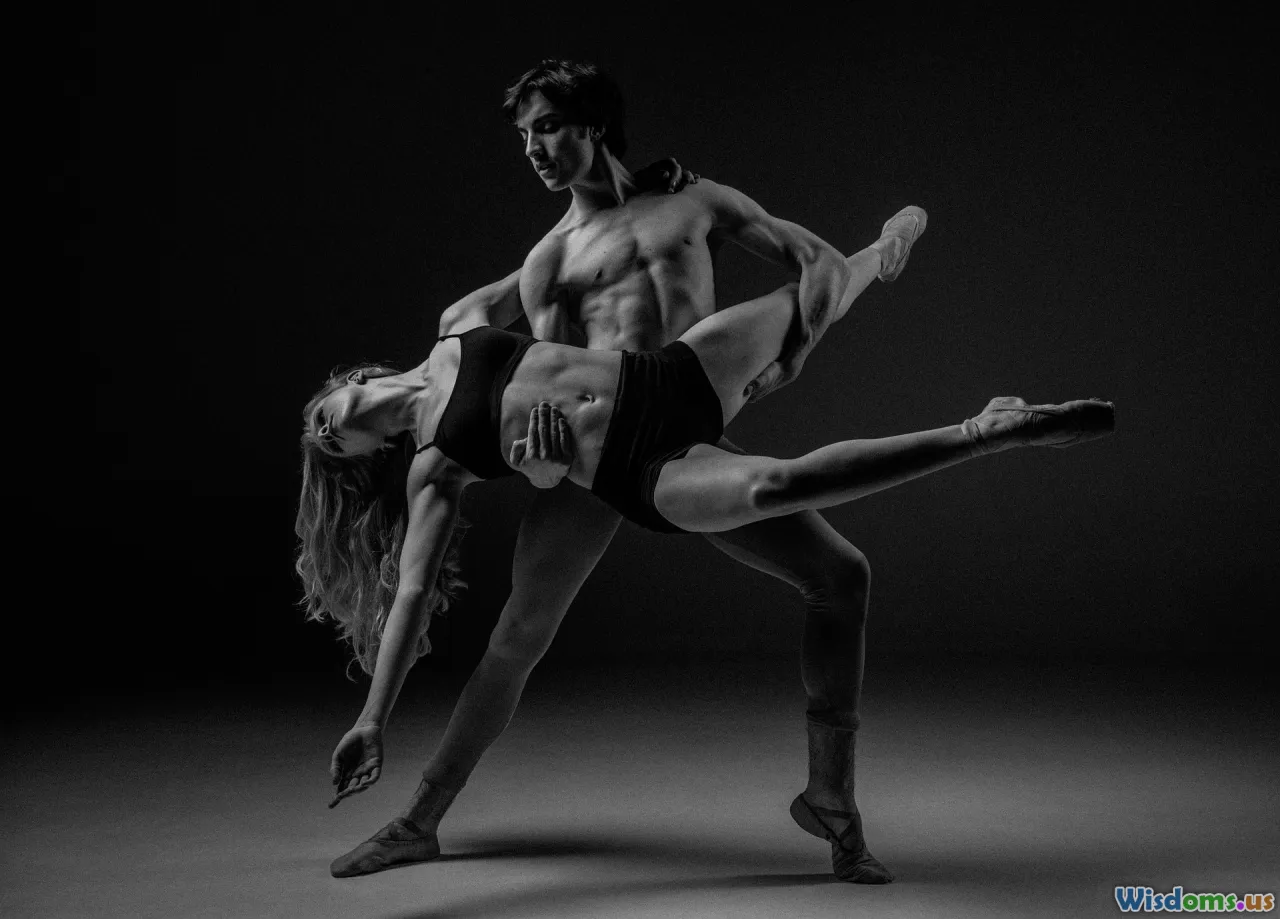
Learning KPop dances has proven benefits that go beyond the physical. For many teenagers and young adults worldwide, group dance practice sessions provide a crucial sense of belonging, stress relief, and identity construction. Studies conducted by Korea’s Yonsei University in 2022 found that participation in KPop dance activities correlates with improved self-esteem and cross-cultural empathy.
KPop clubs pop up in university campuses from Istanbul to Vancouver, giving physically shy individuals a space to find connection through nonverbal communication. The discipline required for learning and refining KPop routines—often in groups—fosters teamwork, grit, and the exhilarating reward of group achievement.
Numerous testimonials recount personal transformation through dance. Japanese influencer YukiBased, who struggled with social anxiety, shared how performing BLACKPINK’s “How You Like That” as part of a cover dance troupe helped build lifelong confidence and lasting friendships. These micro-communities are movements in themselves, replicating the team-driven values ingrained in Korean idol culture.
Choreographers on the World Stage: Exporting Talent and Influence
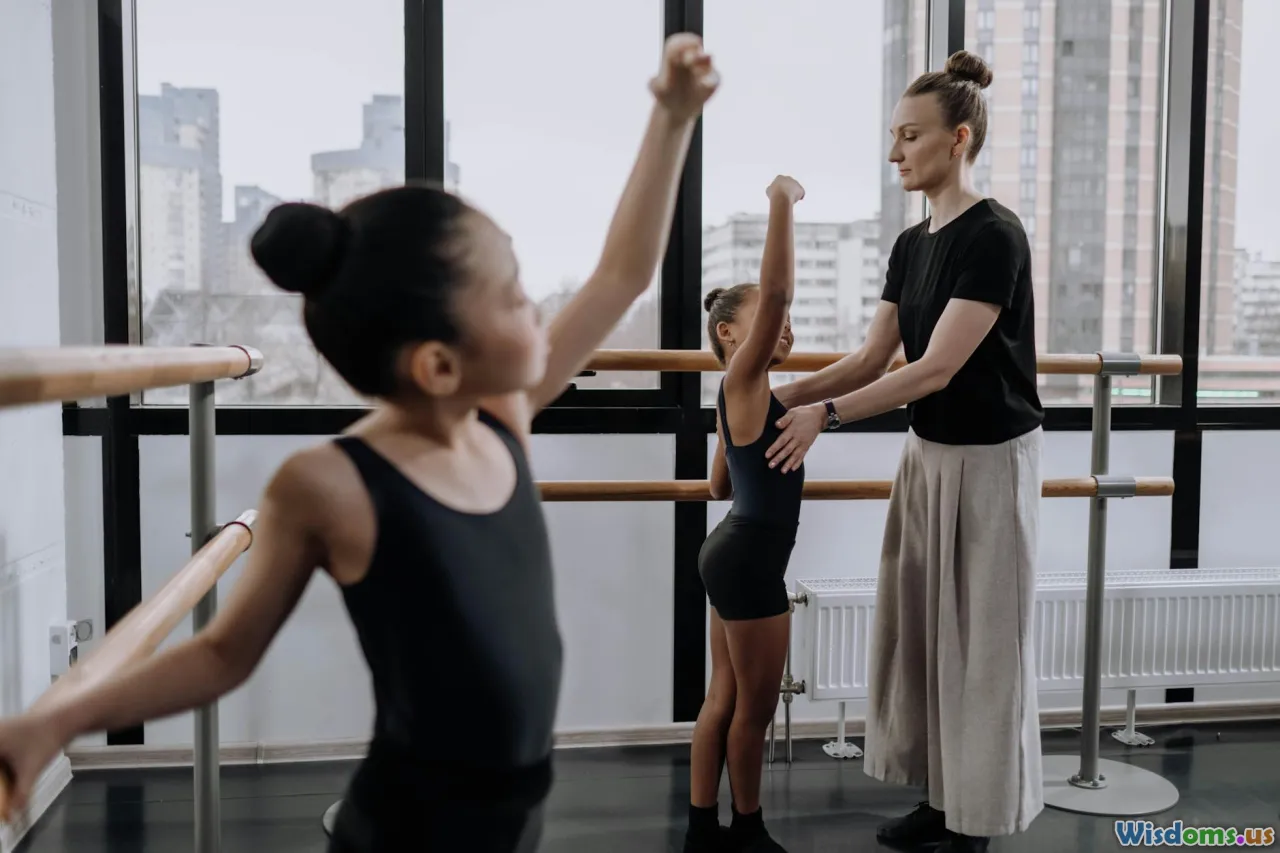
As KPop choreography has gained prominence, its architects—the creative minds behind the moves—are earning global celeb status. An increasing number of internationally renowned choreographers and dancers, like Lia Kim of 1MILLION Dance Studio, May J Lee, and Sienna Lalau (behind BTS’s “Dionysus” and BLACKPINK’s "Lovesick Girls"), headline festivals and workshops worldwide.
Similarly, Korean idol trainers are now highly sought-after judges and consultants overseas. 1MILLION’s online courses, with subscribers from over 100 countries, illustrate a demand for the "KPop method": rigorous rehearsal schedules, meticulous attention to movement detail, and the blending of performance and expression.
KPop choreography is reshaping global dance schools. World-renowned studios such as Millennium Dance Complex (Los Angeles) and Pineapple Dance Studios (London) offer KPop classes, underlining its status as a new cornerstone of contemporary dance training. Uniquely, the emphasis on both technical mastery and group appeal underscores the core values that fueled KPop’s rise.
Tips for Engaging with KPop Choreography: Getting Started and Growing
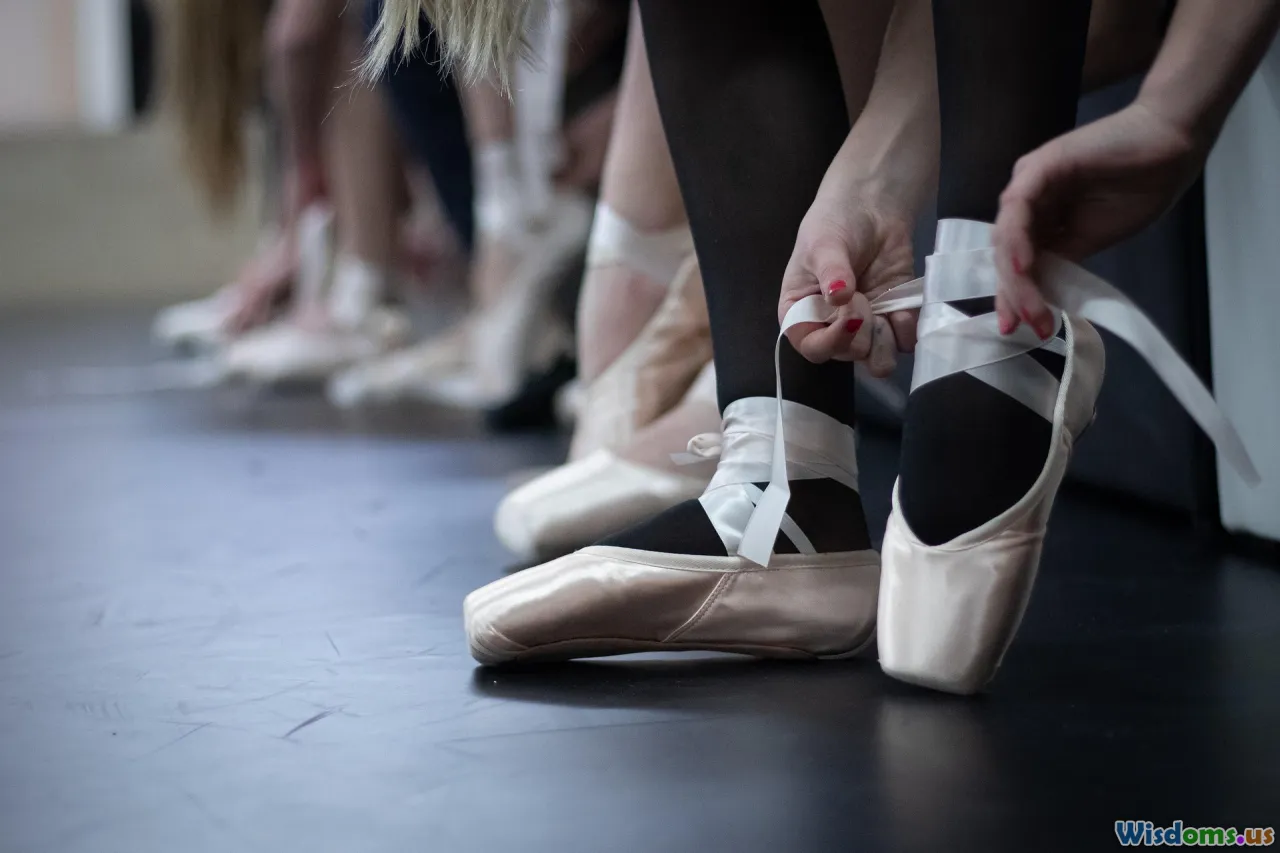
For those inspired to join the KPop dance wave, the journey is both accessible and rewarding. Here’s how to start:
1. Begin with Dance Practice Videos
Seek official group uploads for clean choreography references. Start with beginner-friendly routines, such as TWICE’s “Cheer Up” or BTS’s “Boy With Luv,” which feature clear moves and understandable patterns.
2. Slow it Down
Use playback speed controls to break down tricky sections. Don’t hesitate to loop your focus area until comfortable; many pro cover creators spend weeks on a single chorus.
3. Track Your Progress
Recording yourself can be invaluable—watching tapes helps spot areas to refine, improves musical timing, and steadily builds confidence.
4. Join a Community
From school clubs to online forums, sharing the learning process multiplies motivation. Local KPop cover crews or TikTok challenge hashtags are powerful gateways for partnership and support.
5. Focus on Expression
KPop isn’t just technical—it’s theatrical! Practice conveying emotion with every move, just as your favorite idols do. Rehearse in front of a mirror to perfect your charismas and facial expressions.
Through participatory and inclusive dance culture, anyone can find both artistry and camaraderie—the driving force of KPop’s international dance appeal.
The future pulses to the beat of a global dance floor. KPop’s innovative choreography has globalized not only movement but the joy, discipline, and diversity at its core. With each point move, cover dance, or viral challenge, what began as Korea’s pop music revolution now inspires the bodies and dreams of millions, sparking a dance fever set to keep the world moving—one catchy routine at a time.
Rate the Post
User Reviews
Popular Posts












